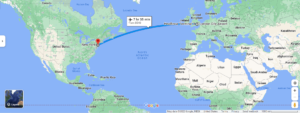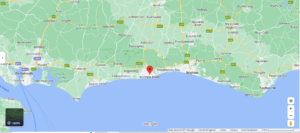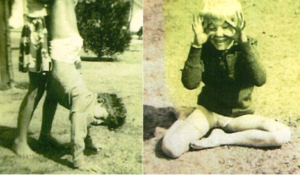The Way Rifles Work For Writers That Can’t Shoot
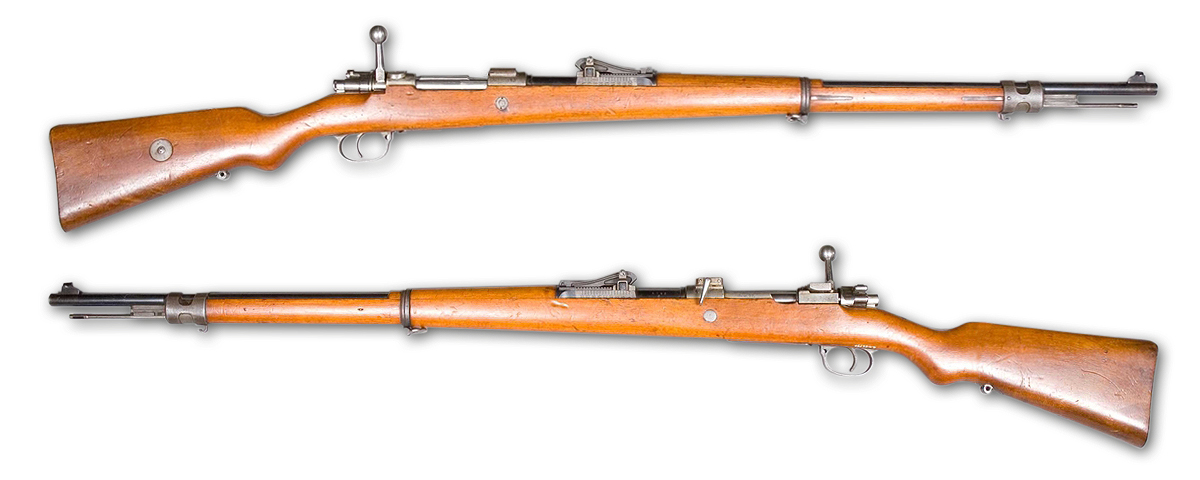
A K98 is a good example of a bolt action rifle. You feed five rounds into the underside ( as I recall) and operate as I described. Excellent mass produced rifle. Credit: Armémuseum (The Swedish Army Museum)
Hello, I did a big 3000 word article on shotguns. I intended to do a quick 1000 word piece and it sort of spiralled. So this is an article describing the way rifles work for writers that can’t shoot. It is not so much a comprehensive piece on shooting .
Rifles are sometimes called long guns. Long guns is an old fashioned term, but I have heard cops use the term recently so, rifle/long gun is good for your character to use.
A rifle can be fired using one hand/arm in some cases but I wouldn’t recommend it. Your character will not hit much though it might look cool.
Well into the 19th century muskets and shotguns were common weapons. These have basically a tube for a barrel. No fuss and a totally smooth inner lining. Rifles became increasingly popular during that century. Rifles have grooves on the inside of the barrel. These grooves give a bullet a spin as it comes out into the air. It keeps a bullet stable for longer than a smooth bore barrel could do and the end result is vastly improved accuracy. The action of putting in these grooves is called rifling.
Rifles have been around for a long time. I can recall them being used in the Peninsular War during the Napoleonic period. I have seen a reference that the first grooves were produced to make a gun a rifle as early as the 16th century.
These days rifles come in a few stock forms that you can use for your characters.
Bolt Action.
These rifles take a metal cased cartridge in which is placed a bullet at the end. A cartridge has an explosive charge. Normally you can put several of these in a metal case called a magazine. This is then clipped into the bottom side of the rifle. Some older rifles have a clip of cartridges you push through from top to bottom so research any old rifle your character is using.
You then pull back the bolt on the top and slap it forward until it clicks into place. You then place the shoulder stock to your shoulder. You place your other hand on the grip under the barrel of the rifle. This grip can be some form of plastic or wood.
Then you line up your eye along the top of the gun. There you will see a bit sticking up with a V shape or similar gap. This will be close to your eye. This is the rear sight.
On the end of the barrel you will see another sticking up bit. This you line up to fill the V or notch shape of the rear sight. Then you line those two points up with your target. You squeeze the trigger and BANG.
You then reach and pull the bolt back. The old cartridge will be thrown out and then you slap the bolt forward and off you go again.

My favourite bolt action rifle is the German army issue K98. I managed to shoot that a lot years ago. Marvellous, loud rifle. Very little kick or jolt into your shoulder. It is a heavy gun though so if your character is small have them shooting from kneeling or laid down. Accidentally I have put a shot through a ten inch trunk of a cherry tree and it just blasted out the other side.
For all that this sort of bolt action is still in modern hunting guns the mechanism is slow in comparison to later semi automatic rifles. You can fly through the bolt action itself in a few seconds BUT you then have to aim again. Also the bolt can stick and take a bit of jigging about to get it home. Also the old cartridge can sometimes not come flying out as it should and if you are a bit too quick slapping the bolt back it can catch and add a short delay to you firing again.
Finally with old ammunition ( and there is a lot around) you often get dead cartridges. These DUDs are when you fire and nothing happens. You have to then be very careful removing the cartridge as it can just go off. So better arm your rifle hero with a more modern version.
Lever Action Rifles
These are best illustrated with Western guns like the Winchester. Instead of a bolt you have a lever under the weapon. You load by putting cartridges into the gun in the side of the mechanism. These then go into a tube under the barrel. They are one after the other and under spring tension. You pull the lever down in one smooth quick action as far as it can go and then pull it back again. The sights are the same, front sight and rear sight lined up on the target. You put the stock to your shoulder aim and fire. Then you repeat the lever process. After a shot, as you move the lever, it throws the old cartridge out. This also puts a fresh round (cartridge) into the chamber and off you go again.
I have only fired one of these. It was a Marlin lever action similar to the one below. I liked it and it was lighter than the K98 to cart around. It was shorter too so moving about in the woods was easier. I would also say the action is quicker than the bolt rifles. As the action is below the gun I could keep my eye on target better.
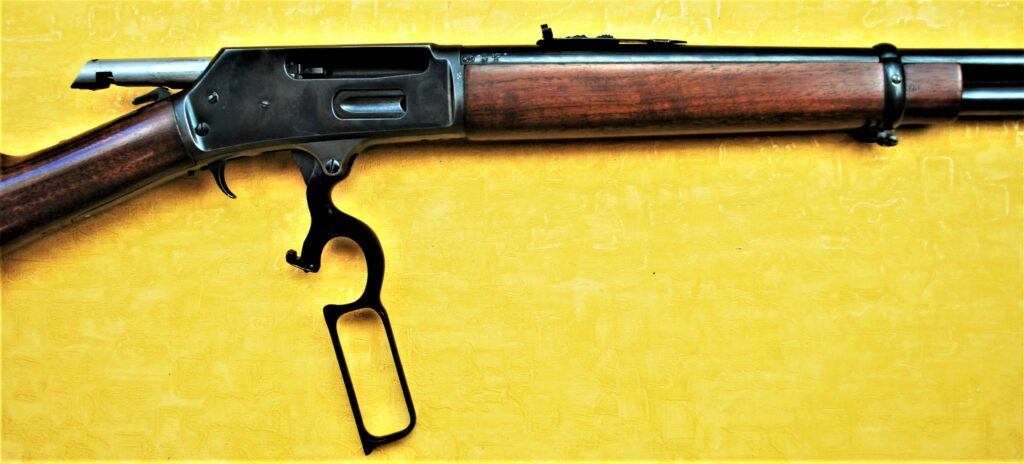
Semi Automatic Rifles
The only one I have fired in this category I did fire a lot. The AK47 is a gun known by anyone who has watched any modern war movie. Originally it was put together by the Soviets just after WW2. Since then it has been used all around the world. There are many modern versions and improvements. The one I fired was a Chinese or Eastern block copy. I cannot quite recall now.
Semi automatic weapons are of course used by the military primarily, however, like the AK47 they have filtered into civilian hands. Some have been designed for civilian shooters. They do not just come in a form that looks particularly military either. I recall a very small, almost puny looking, semi automatic rifle by a company called Ruger. It fired small bullets of a calibre called .22. At reasonable range it would do the job due to just how many of these little bullets it could throw out quickly.
These rifles work as follows. You have a metal magazine in which you load cartridges. You press each one in. Then you fit the magazine into the hole on the underside. On the AK it has a lip on the front so you put it in on an angle then straighten it up until it clicks. There is a lever on the side that is bent to take your finger. You pull that back and you are ready to go. There is also a safety lever you have to move to get it totally ready ( I just remembered that bit).
It operates the same when it comes to firing as the others above. The difference is you have nothing to do in order to get the next shot into the chamber. Every time you pull the trigger you fire one round until you run out of bullets. Each ‘spent’ cartridge flies out of the side and away from your face.
All such weapons will have a similar loading mechanism. You would have to research further to see how the magazine goes in and where any safety button or lever was. Obviously the rate of fire beats the bolt action and lever action types by a long way.
Just a quick note: There are another couple of types of rifle that are worth mentioning but only in passing as they are less common place. The first is the pump action rifle. This is the same as a lever action but you pull back on a grip half way under the barrel. This puts the next round ( cartridge) into the chamber.
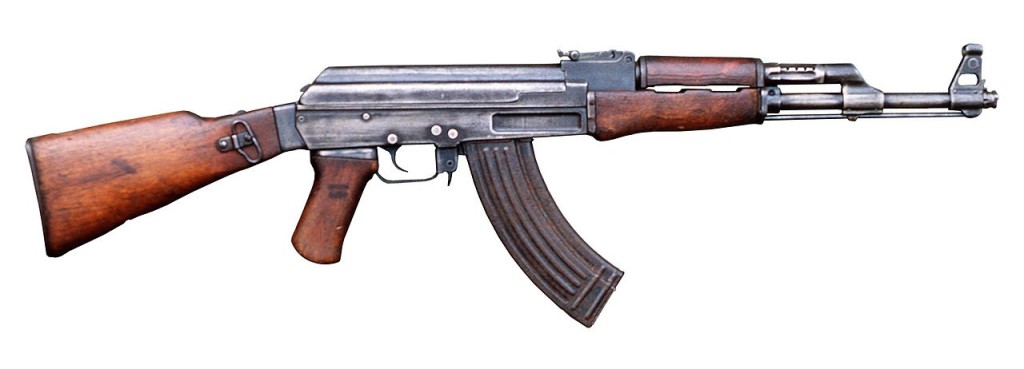
The other types are now in the fog of history. Back in the day you could have rifles which needed you to put a round in the chamber each time you fired. Even further back there was a complicated system where you had to put the cartridge and bullet in and push the whole thing down with an iron rod. If you go back before about 1870 in your story check that the weapon you are describing was not of this sort.
First Lever action of any note: 1860 but there were not many.
First Bolt Action: This goes back to the early 19th century but they were not in wide use until much later.
First semi automatic rifle was used in WW1.
Aiming and Firing
All guns ‘jump’ when fired. It is called recoil. You are after all setting off a tiny explosion in the barrel so the force has to go somewhere.
This causes the gun to want to force itself back into your shoulder and the end of the barrel to tip upwards. A skilled shooter will stand or kneel etc and compensate for this.
Aiming and firing is an art. The longer the distance of your shot the more things can affect your aim. Strong winds can cause the bullet to drift off target and as the power drops off behind the bullet gravity makes the bullet drop towards the ground. At extreme ranges even the curve of the earth can affect your shot.
In short it is a lot harder to be accurate than anyone who has not fired a gun would think.
If you are writing a specific gun sequence without much hands on experience keep it simple. Make the shot over at most a football field distance. Then you can have your hero or bad guy aiming right on the target and blasting away with a rifle and no-one will pick holes in his or her skill.
Telescopic Sights and Bits
All the above are described as basic ideas and types. The aiming process I describe is using what are often called iron sights. There are these days all manner of accessories to improve your characters aim. The most obvious is some sort of telescopic sight. The firing of any type of gun is the same. The only difference is you look into an optic which allows you to magnify the target. Hitting a target with accuracy is an art. Even close up a none shooter can miss because even close up a seasoned shooter can miss. Practise makes for a better shot. Anyone picking up a rifle who has no real experience will likely miss even with a telescopic sight.
This is not forgetting that in an emotionally charged situation of life and death all the parts of the process make it difficult to get accuracy when an amateur.
Again if the distance is not more than a football field that is fair enough. Just be aware that snipers undergo training for a reason. The reason is that becoming excellent takes instruction on a high level.
I have had conversations with people who really believe that shooting is simple and anyone can do it straight away. They were people who have never fired a gun. I’m not joking. It is just those sort of people who would write some of the nonsense I have picked up in recent years.
Guns Are LOUD
Fire any gun in an enclosed space and your ears will ring for a long time. The bigger the calibre of the gun the worse it will effect you. You can even blow out an ear drum from doing this. So if your character is involved in a shoot out indoors it might be worth at least mentioning they cannot hear properly for a while.
Even outdoors the sound will make you flinch a bit at first. When shooting in a valley etc the noise rolls along into the distance. It is pretty cool to be honest just bear in mind that any shot that is not silenced or muted in someway will be notable when firing a rifle.
Another point is that as a room or house is hit with bullets plaster dust, wood splinters etc fly all over the place. You can paint a great picture with your words of the chaos that such a close encounter can create.
Calibres Or The Bullet Size
This aspect is only as complicated as people like to make it. Whatever rifle your character has there will be a size type for the ammunition. This is called the calibre of the weapon. The calibre is the inner diameter of the barrel.
There are two measurements as standard. You have the metric system and the old Imperial type of an inch.
So in metric it is easy enough.
5.56mm US standard rifle ammo and 7.62 mm Russian military standard rifle ammo for example.
You then have percentages of an inch as alternatives.
.22 ( 22% of an inch) .38 (38% of an inch) and on it goes.
The point is do a bit of research on the calibre of the weapon your characters are using if you are describing them in any detail.
I have read a few pages of a novel and saw a .9mm pistol mentioned. I threw the book away. There is no .9mm. There is a 9mm or roughly translated across the types a .38. It was obvious the author had no idea and if they did not know that then what other garbage were they going to include in their story.
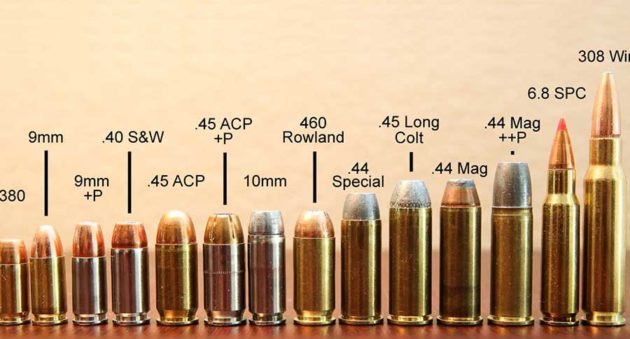
I’ll leave it there and just say if you want any help please shout me. I am more than happy to try and get around any issues you have. I have done a lot of leisure shooting but I am no expert. I do know people who are so fire away.
Take care
Tim
Here for a rather length, though I think accurate, writers guide to shotguns.
tim@reasonedcrimechronicle.com
.
